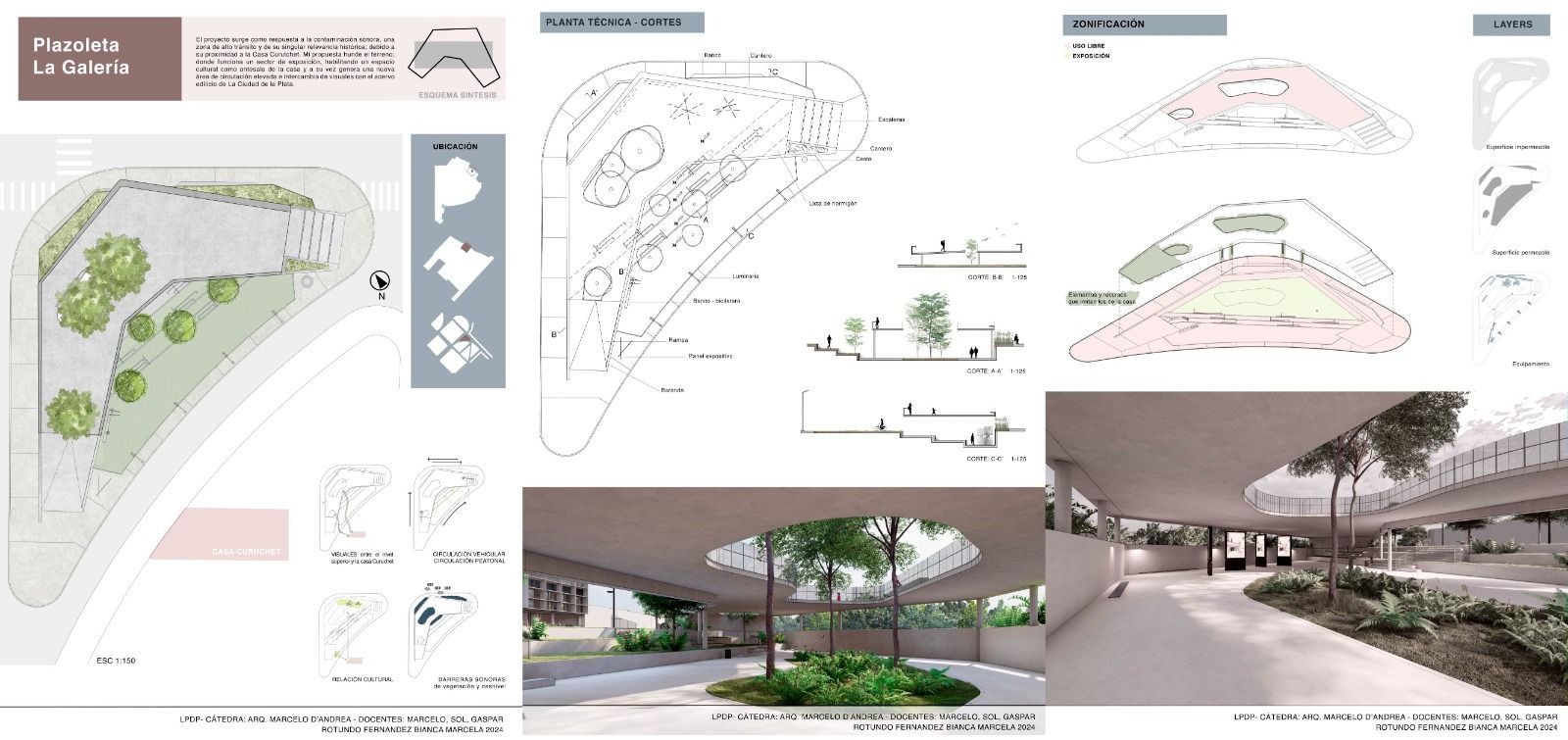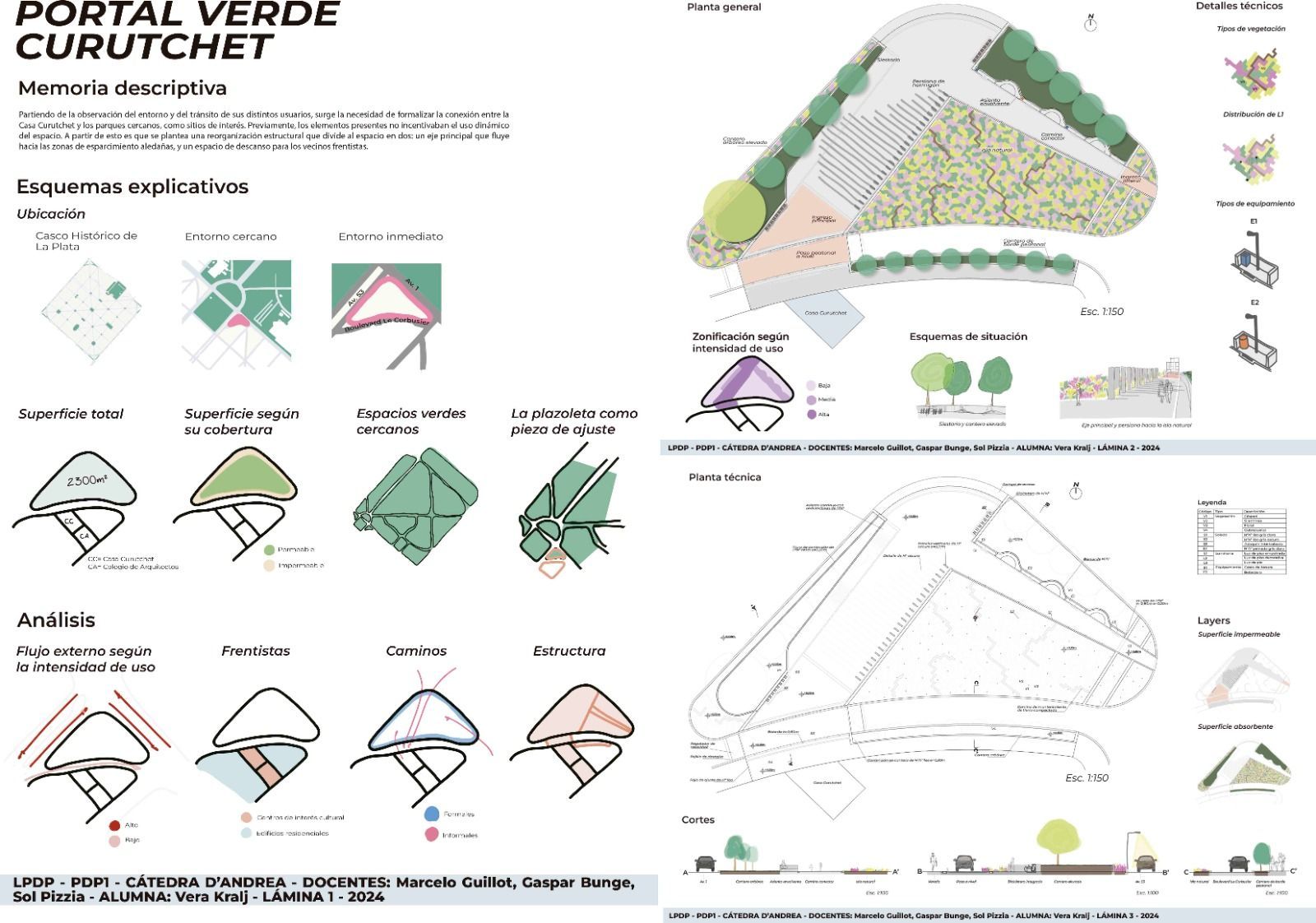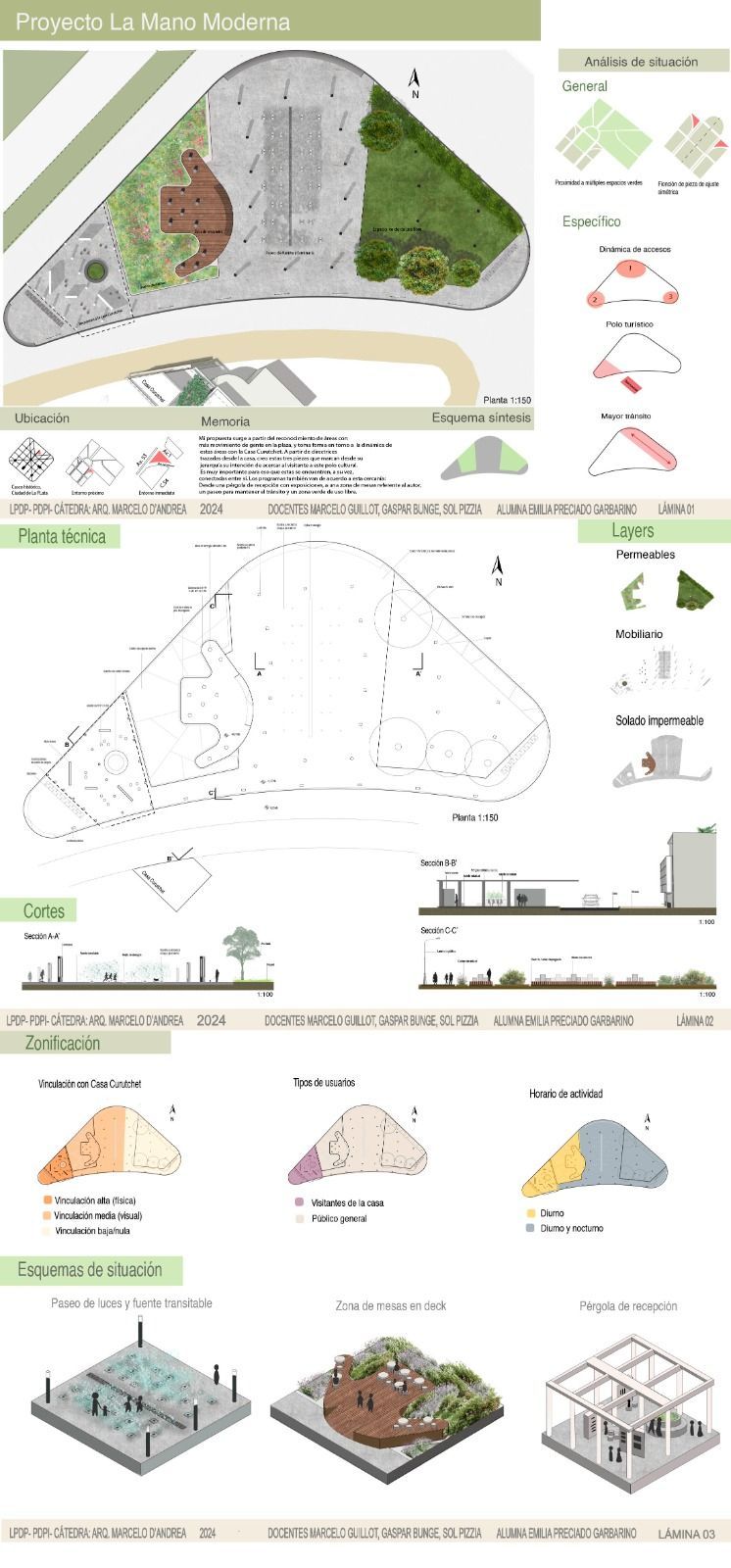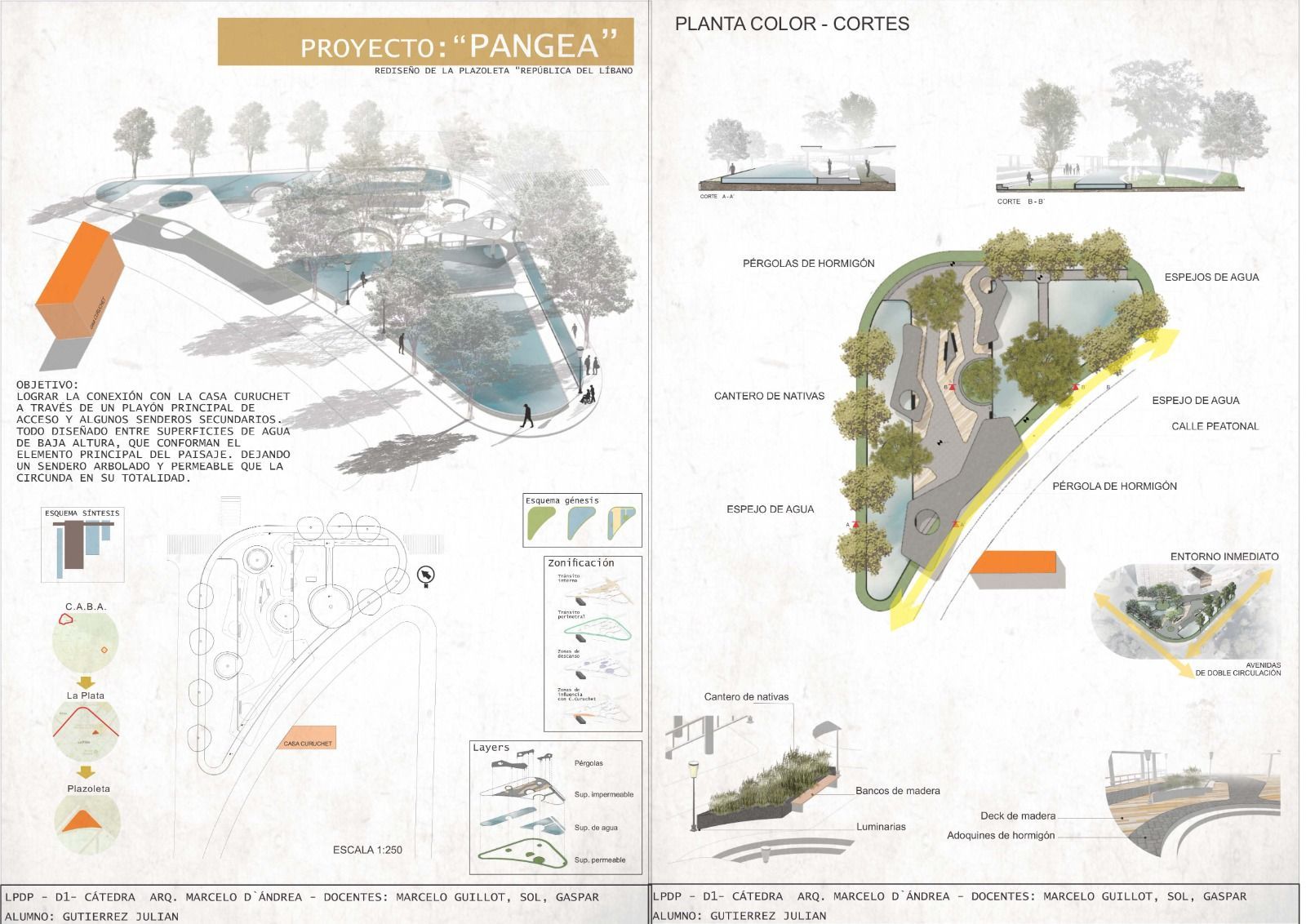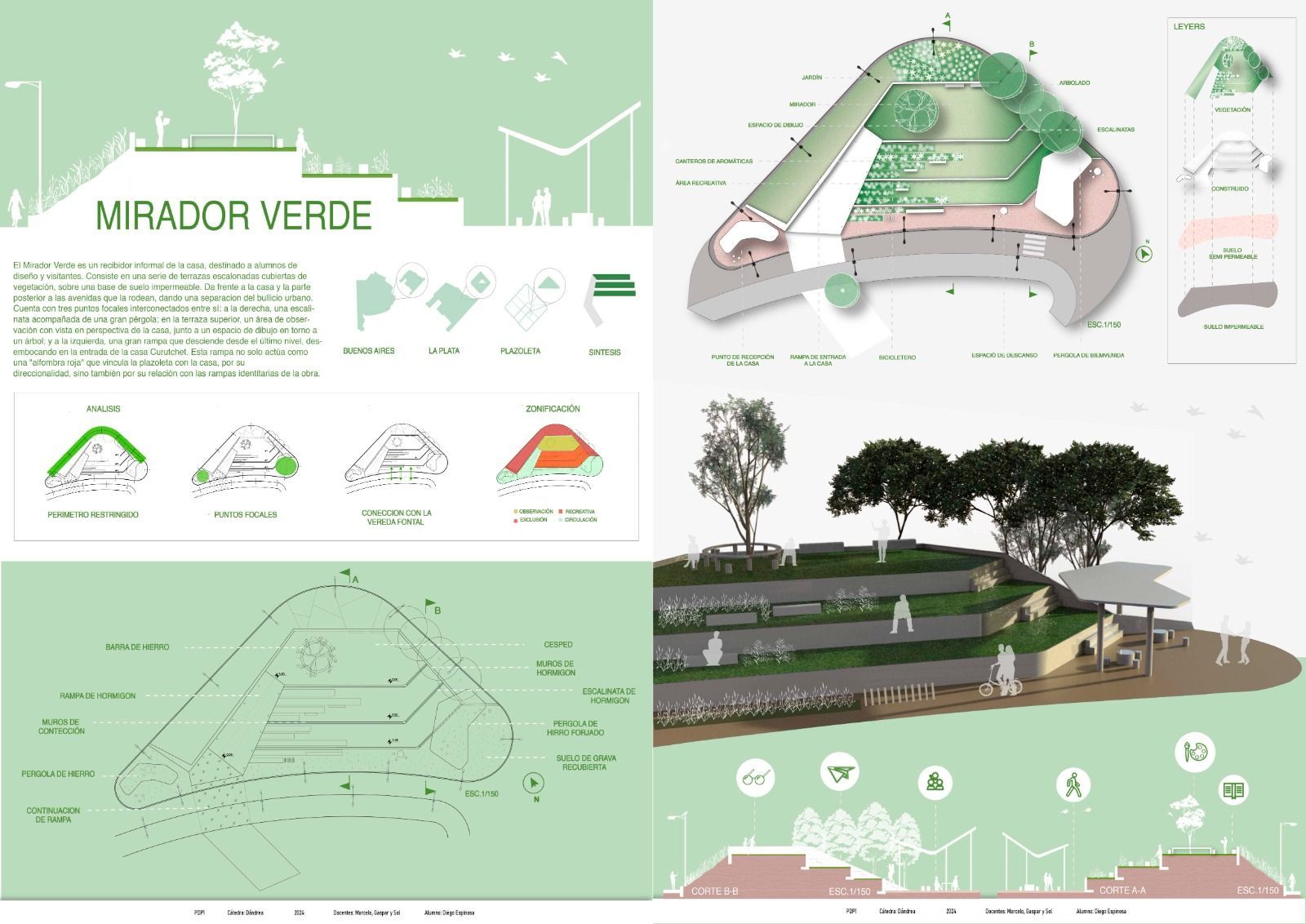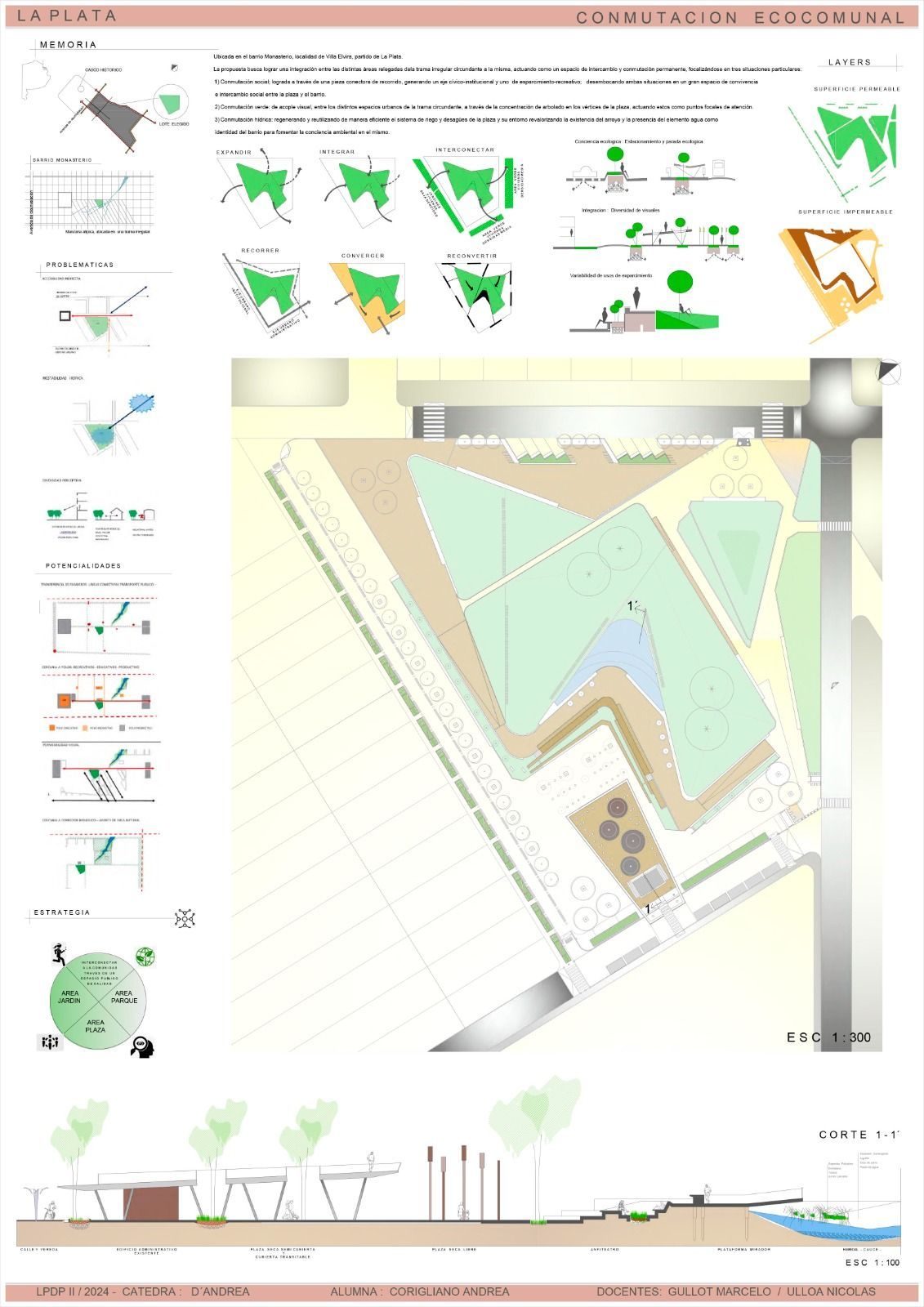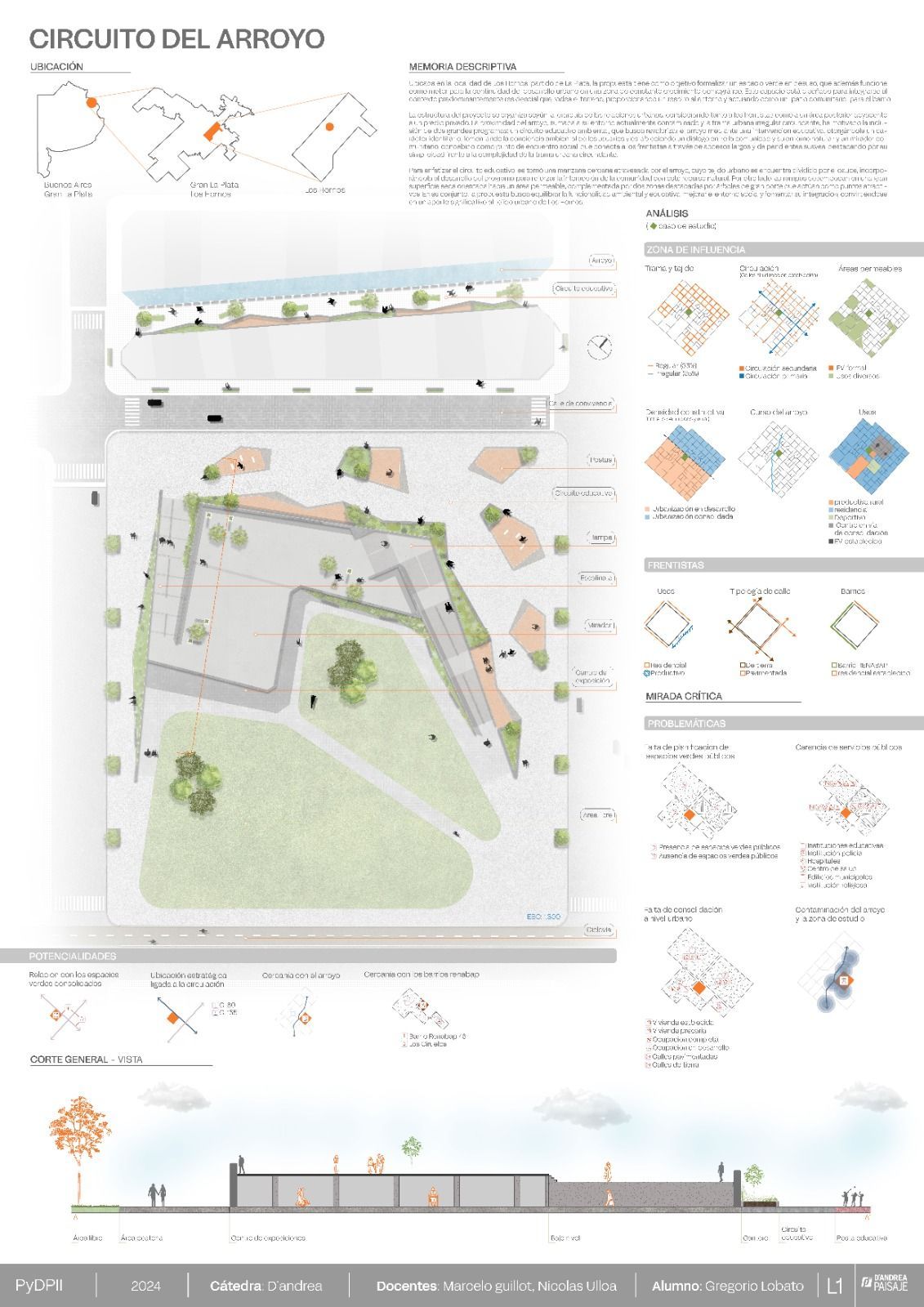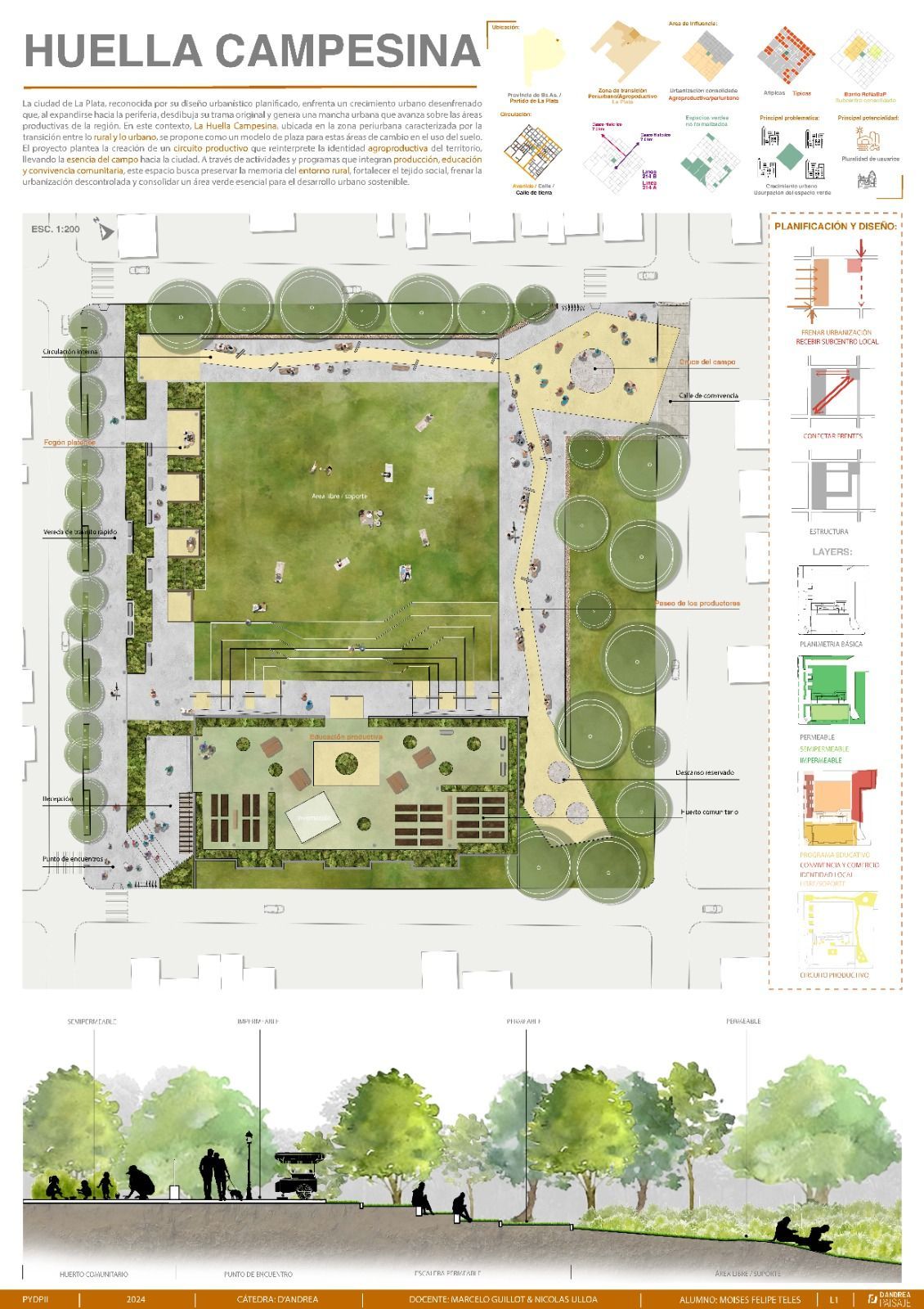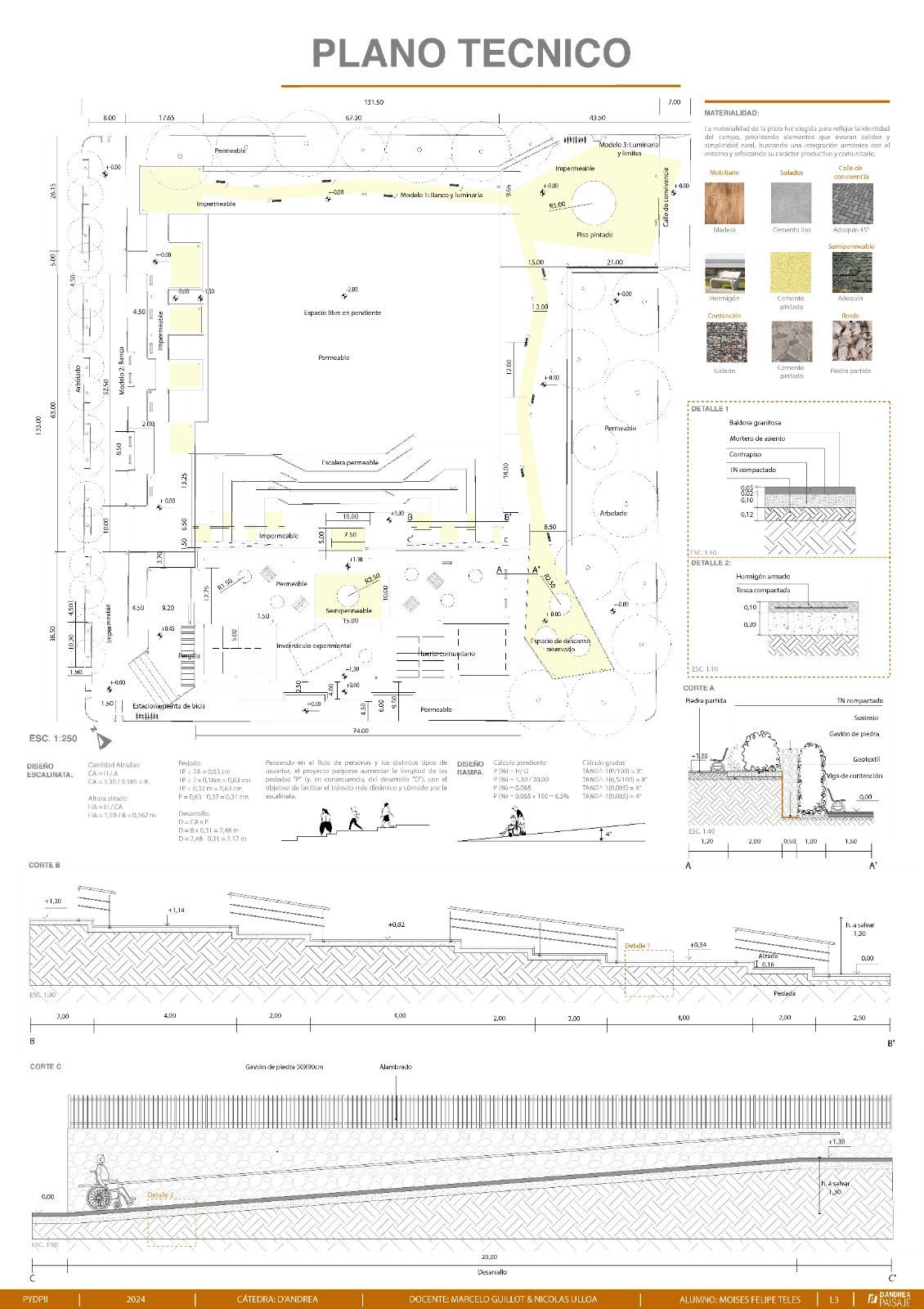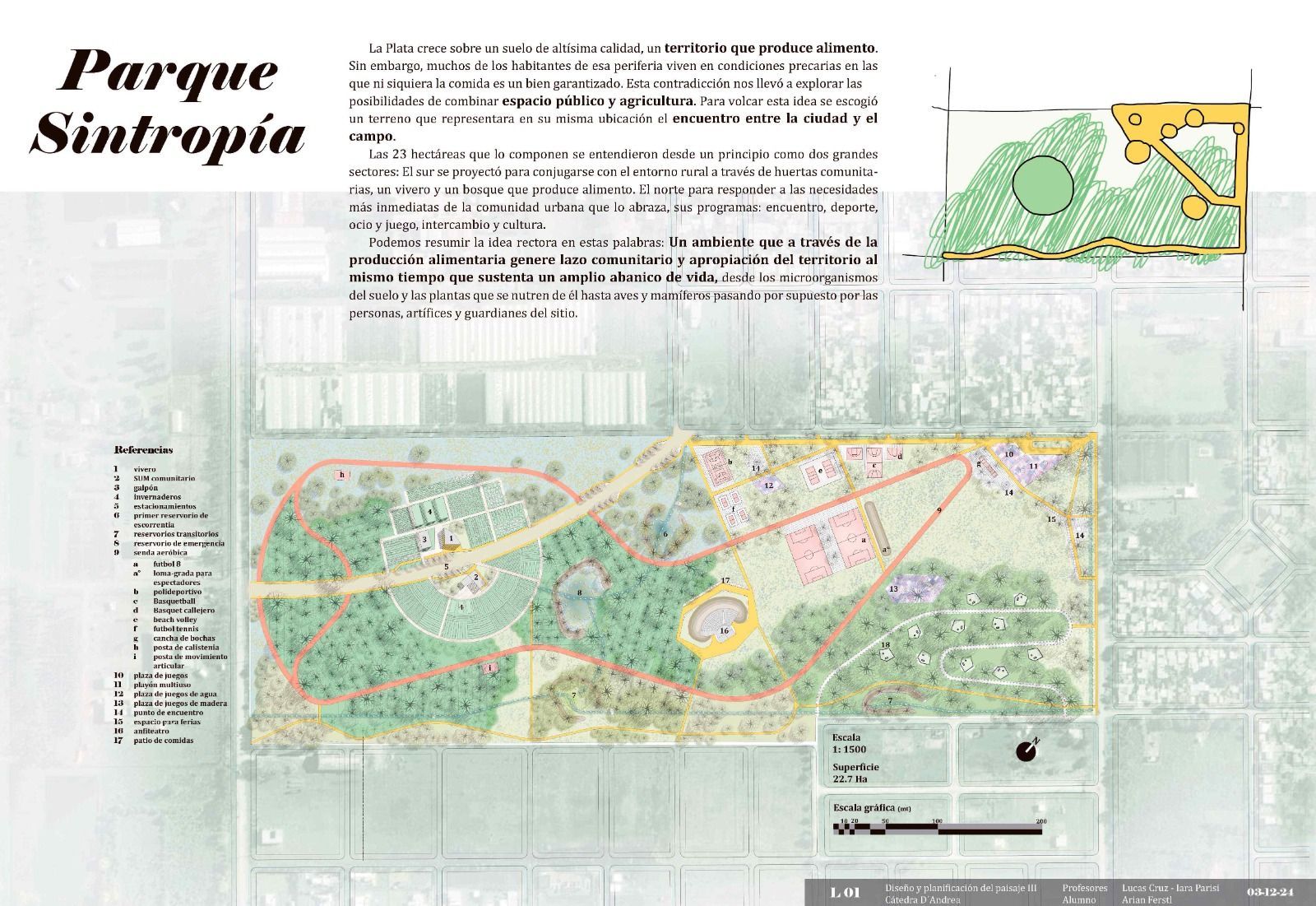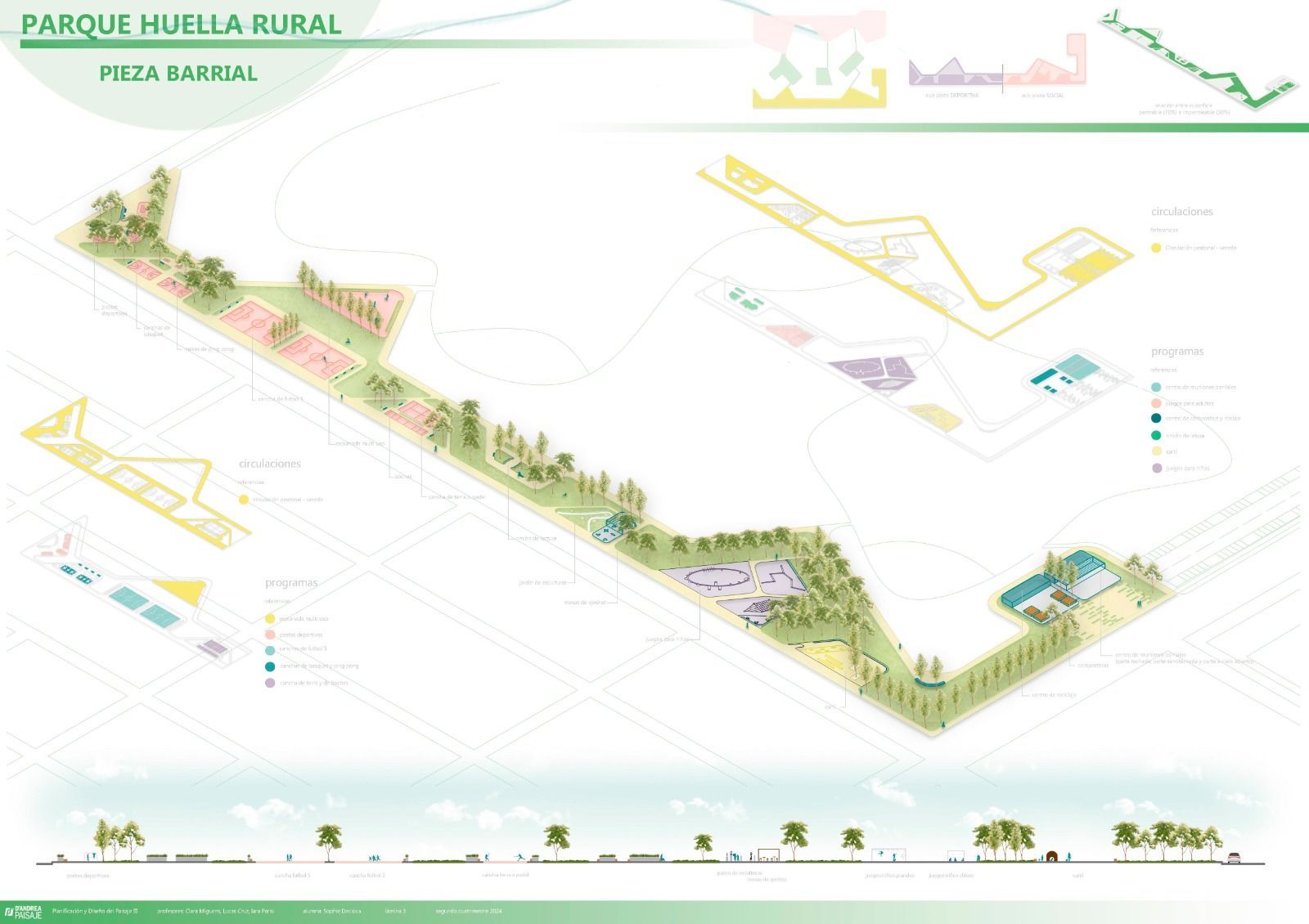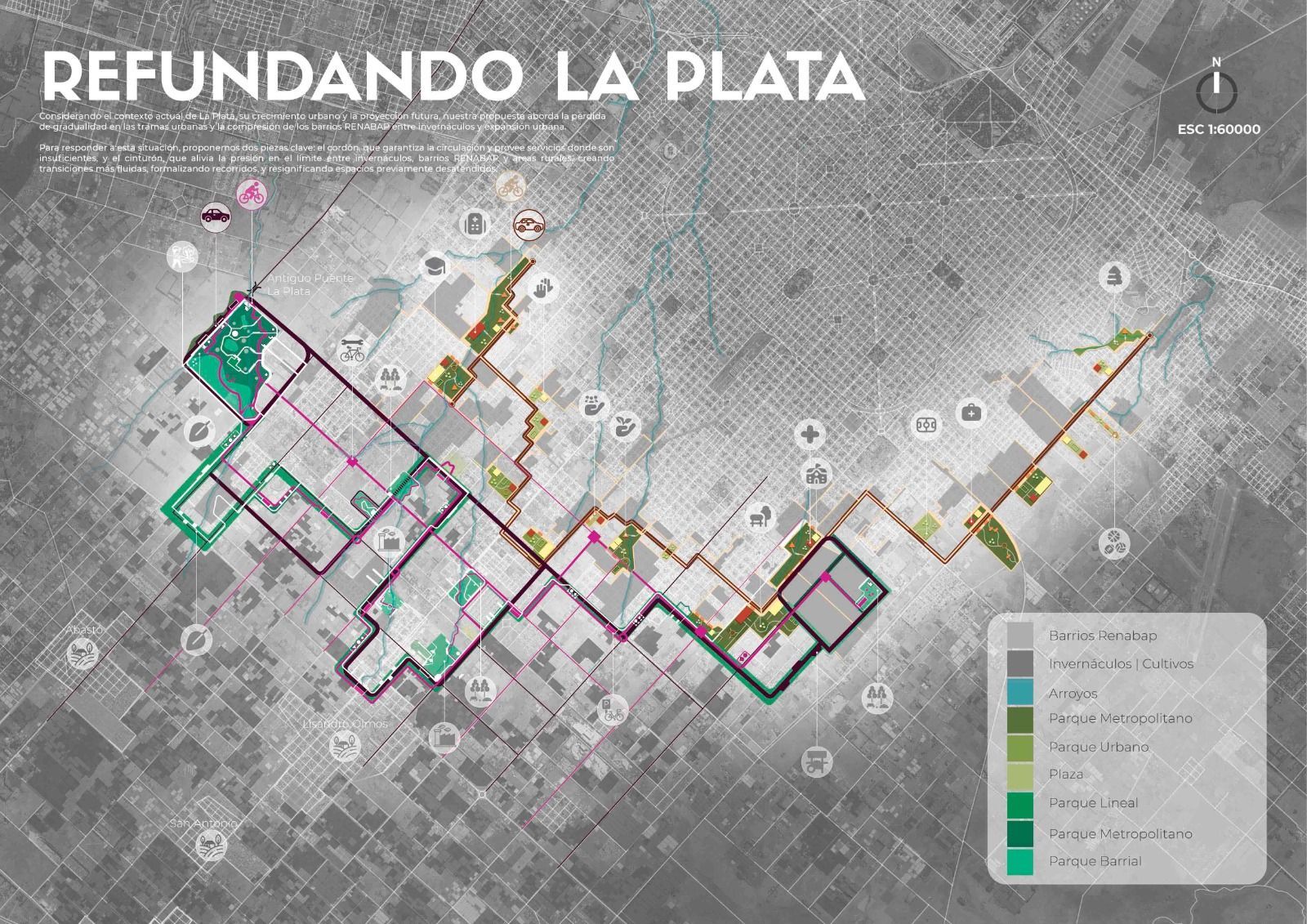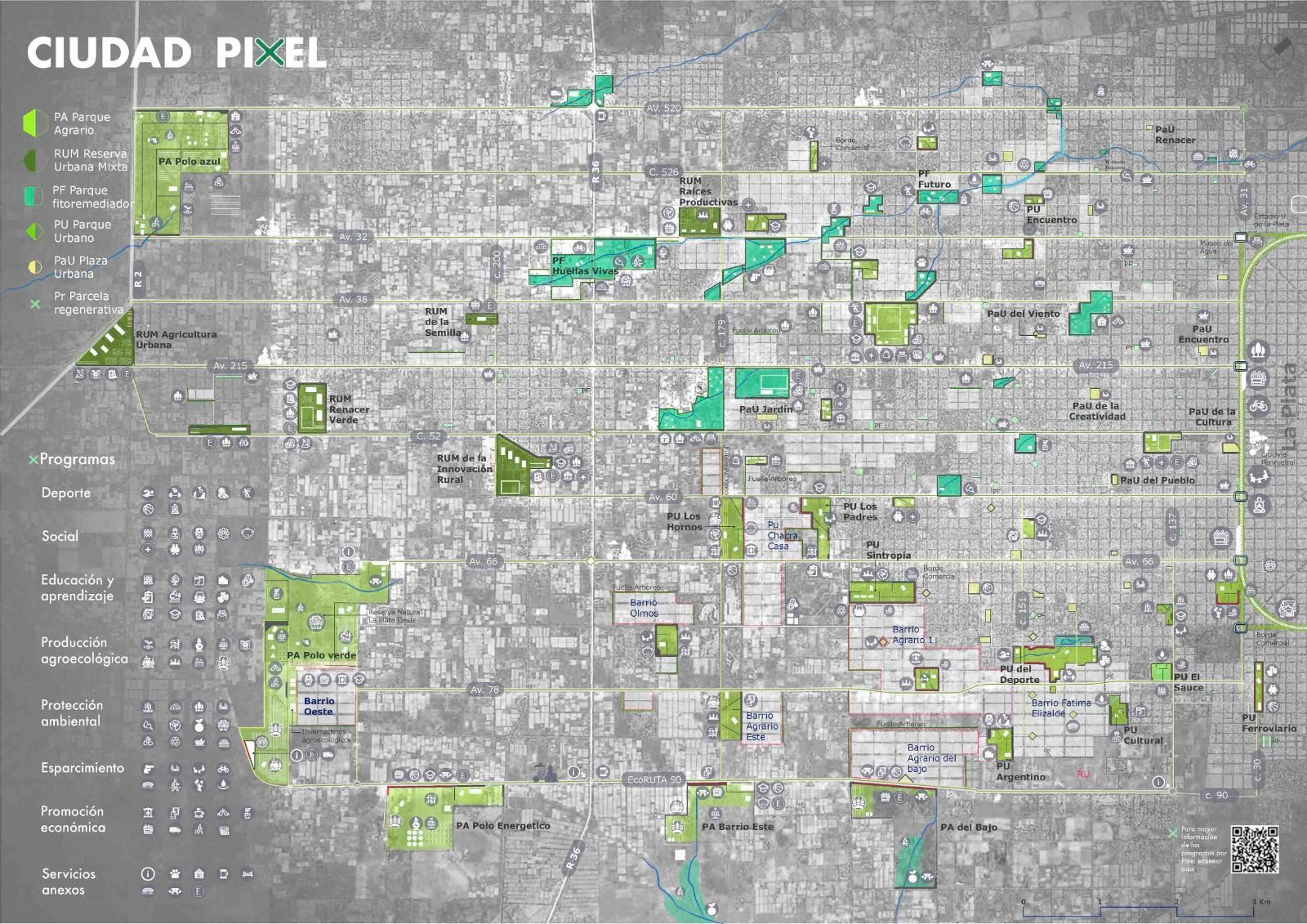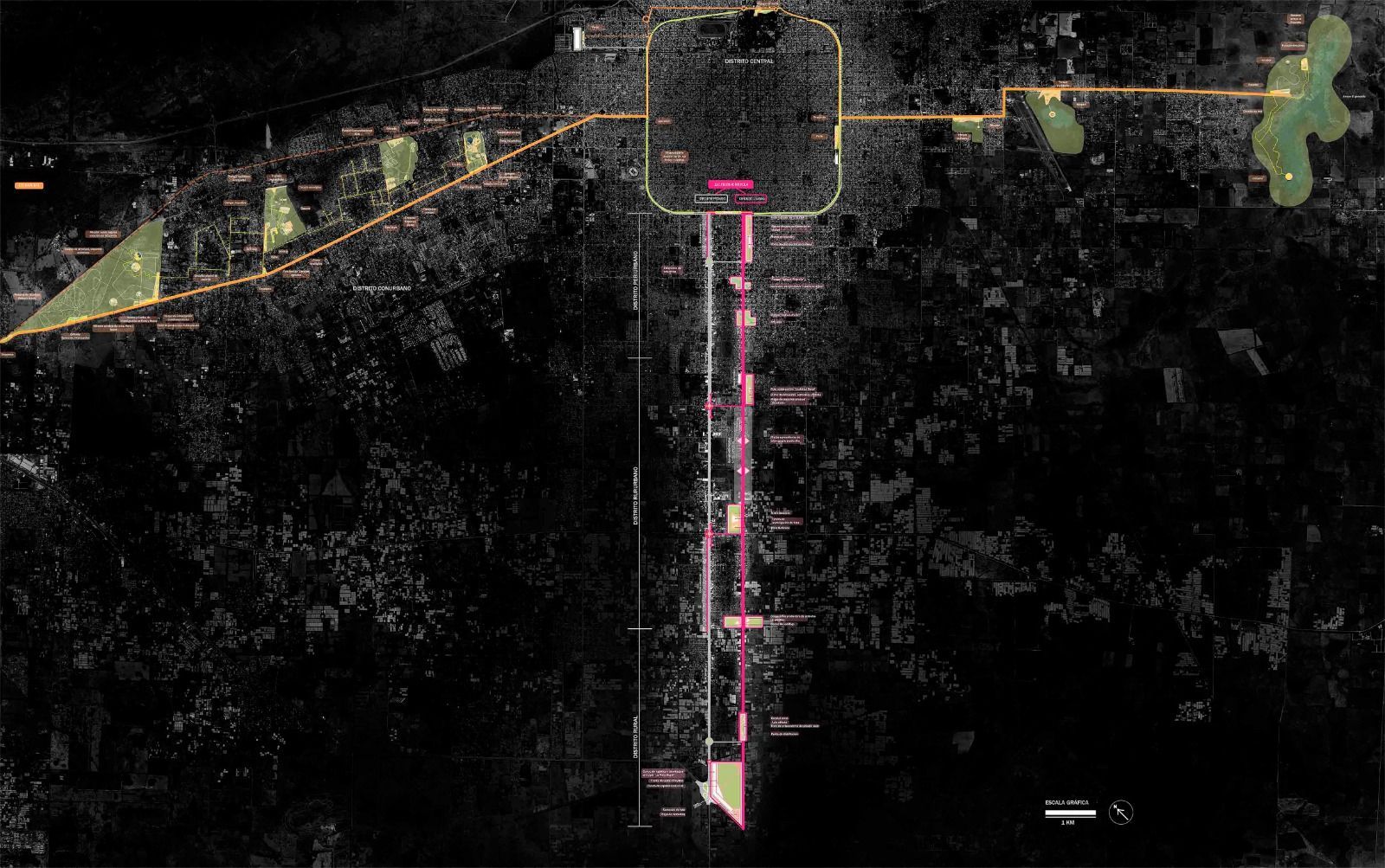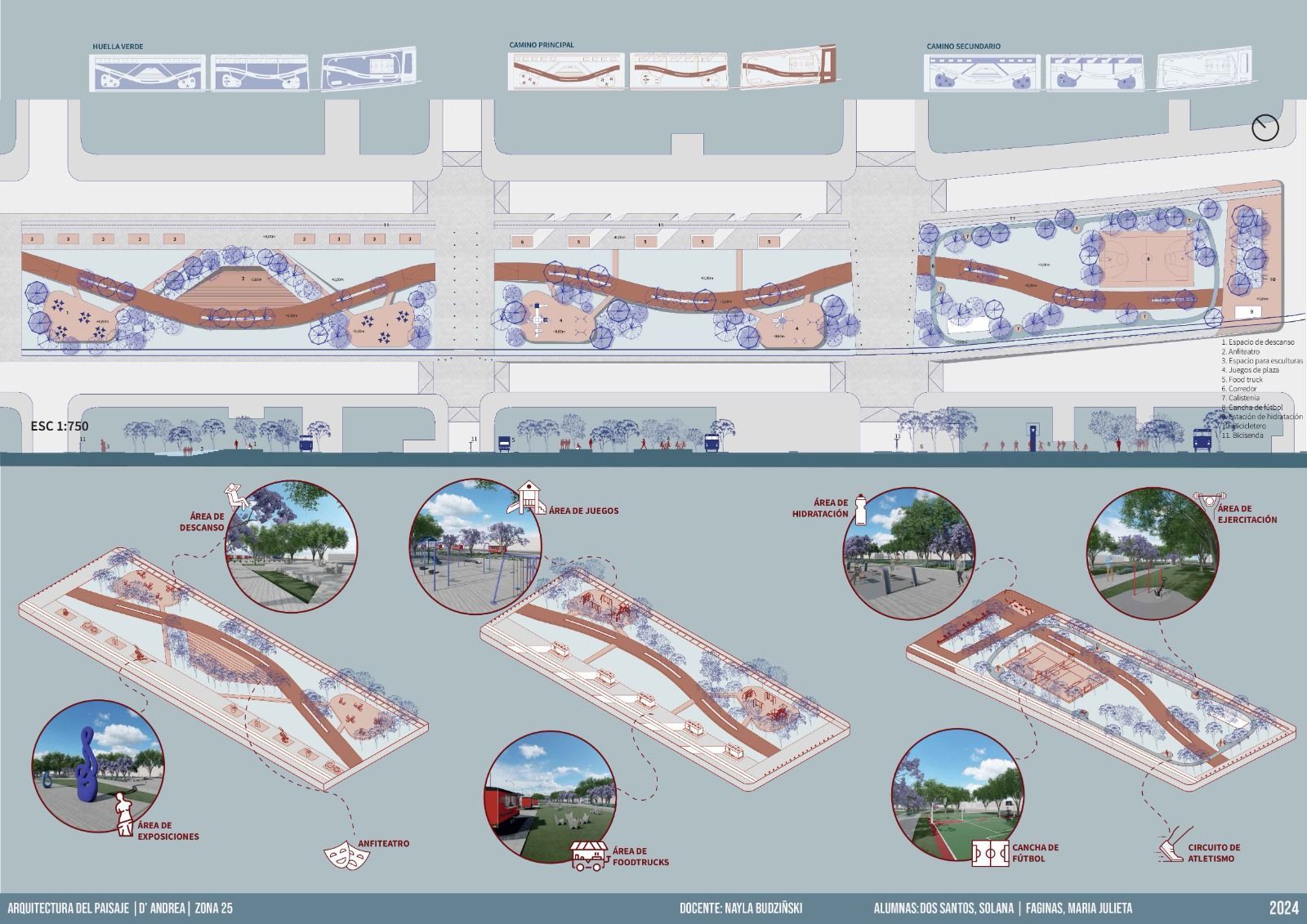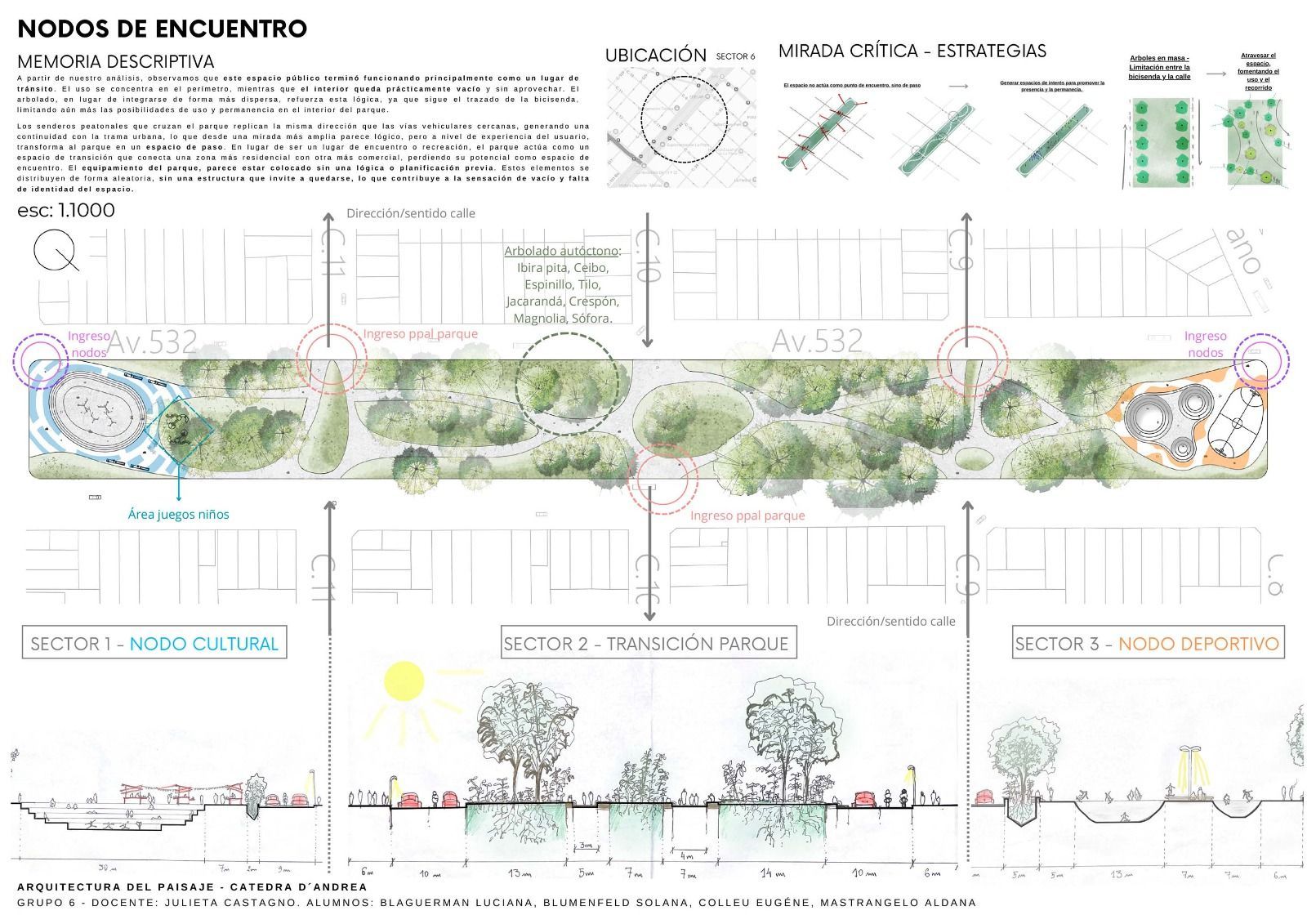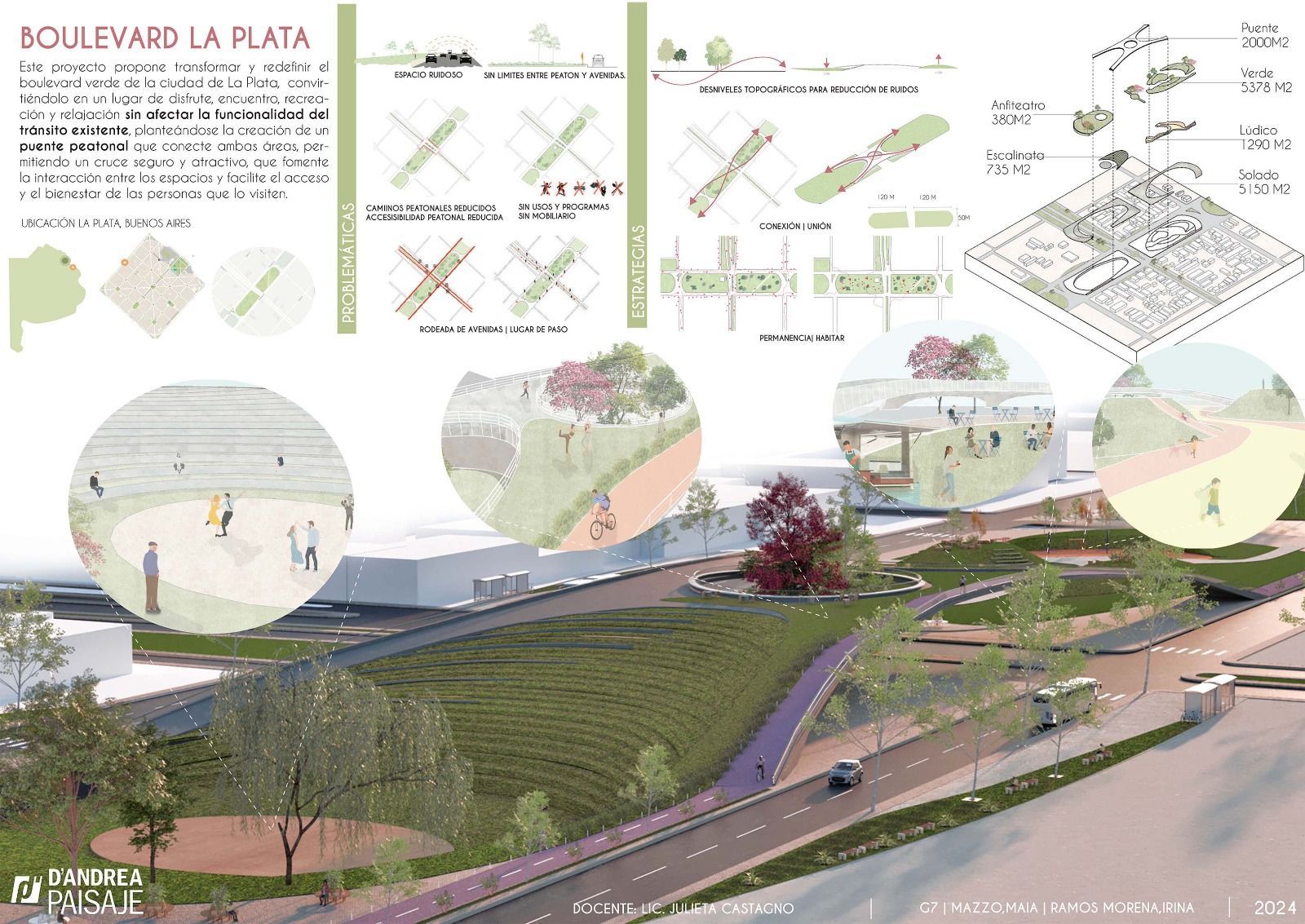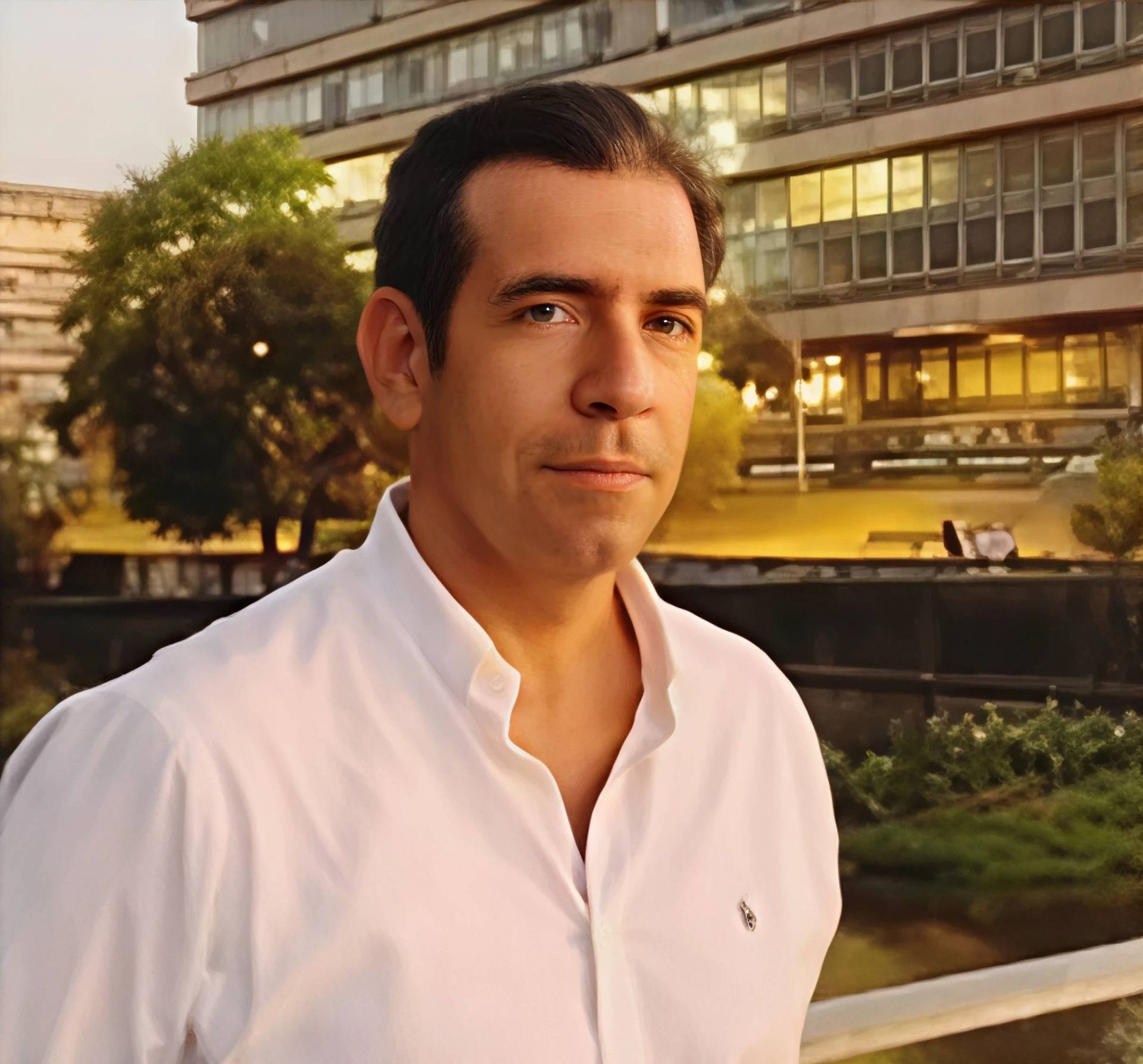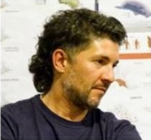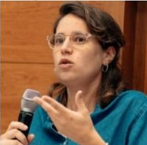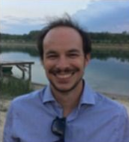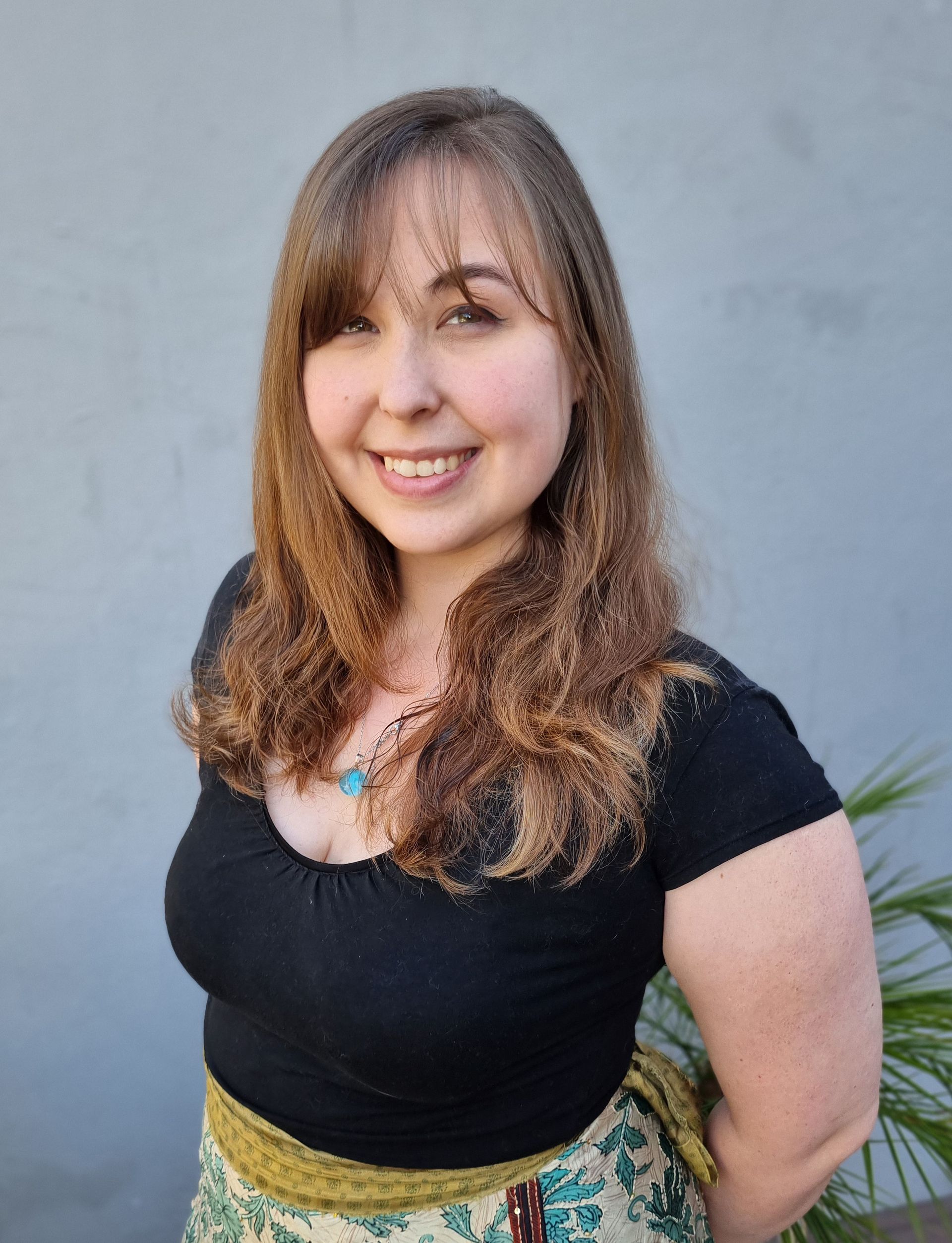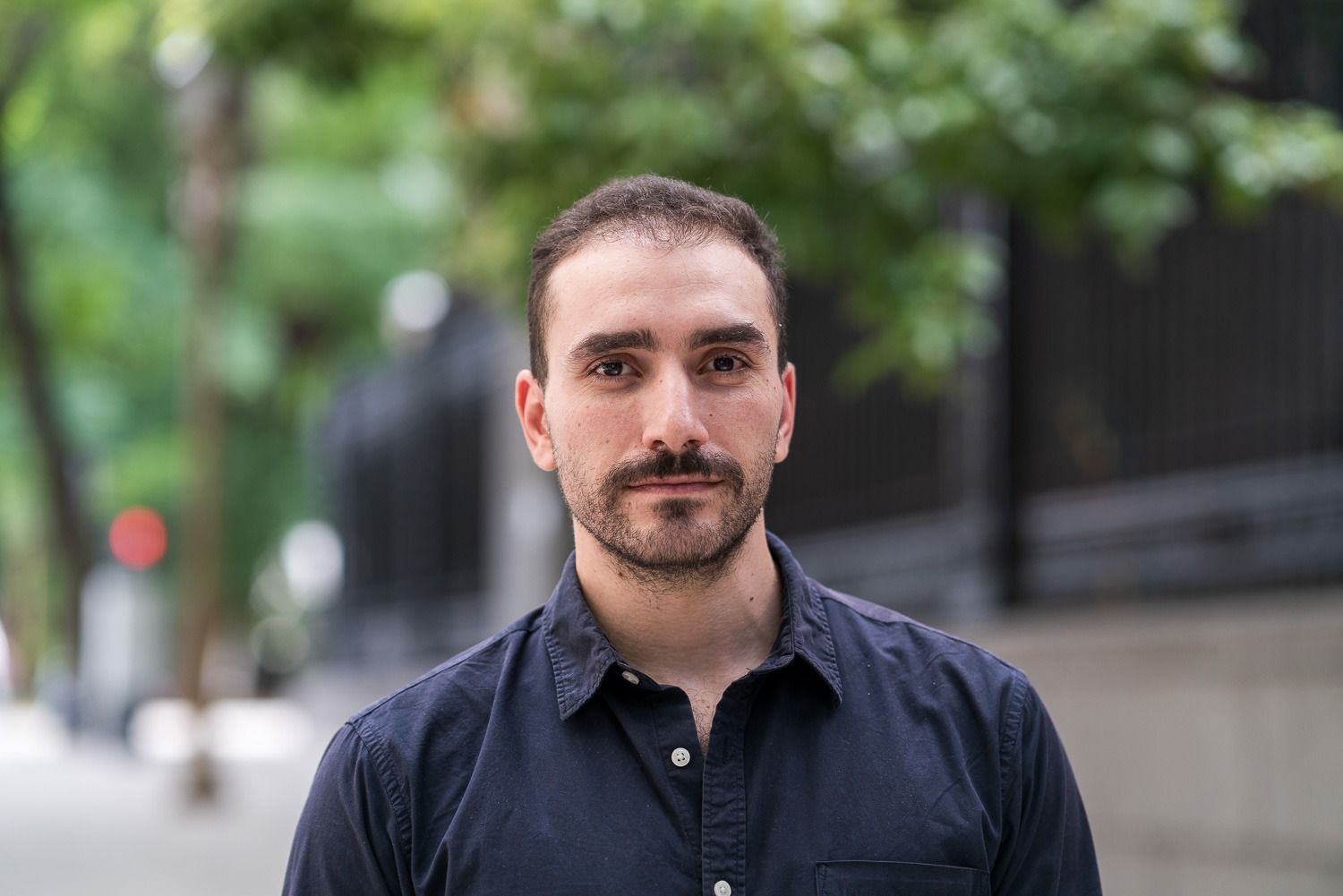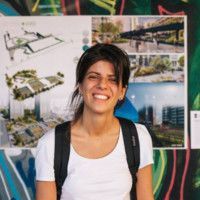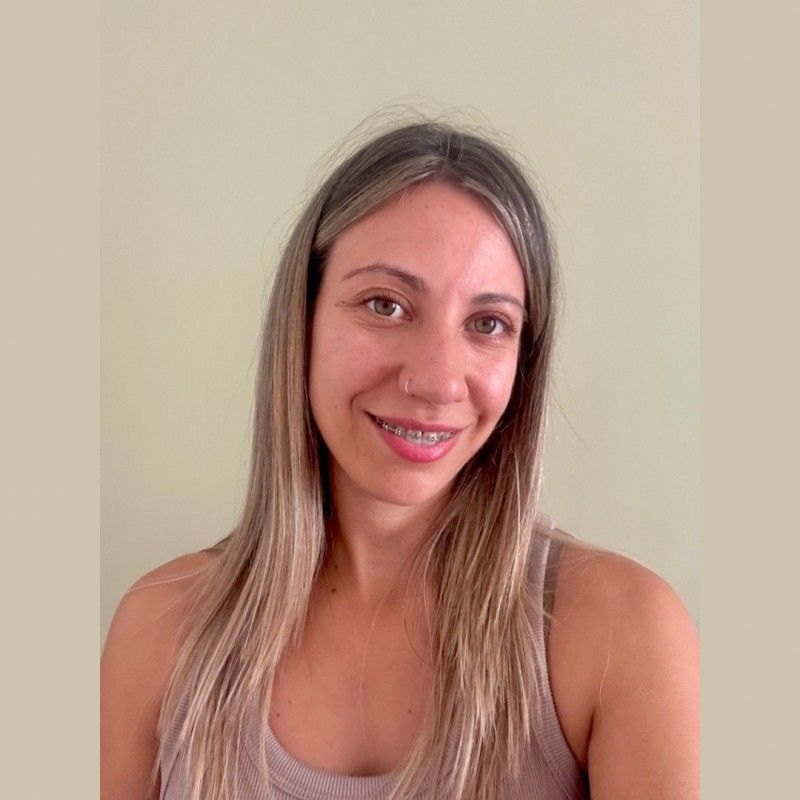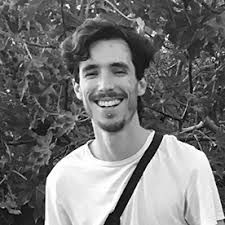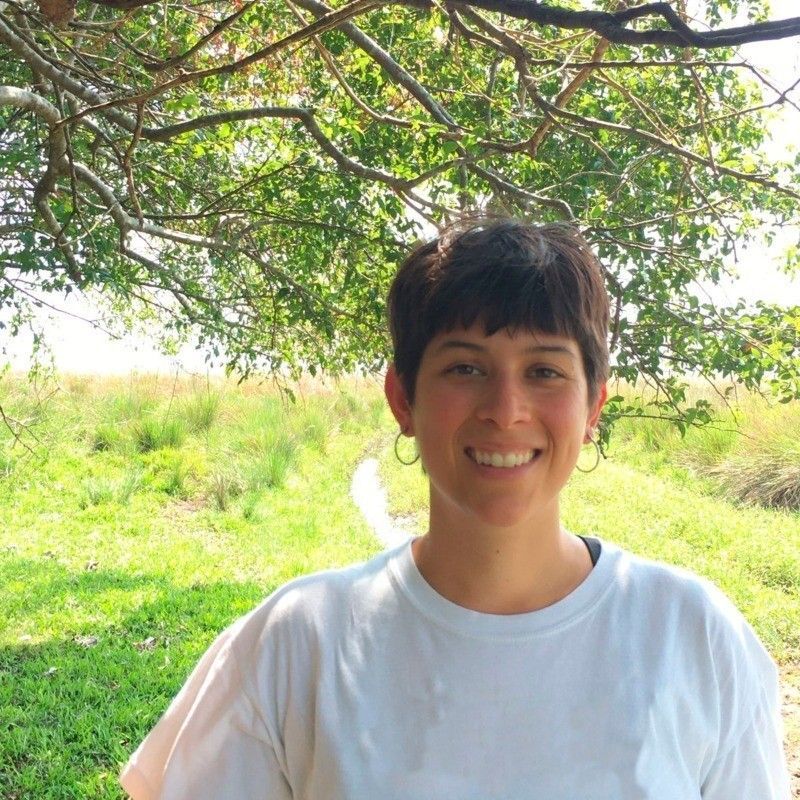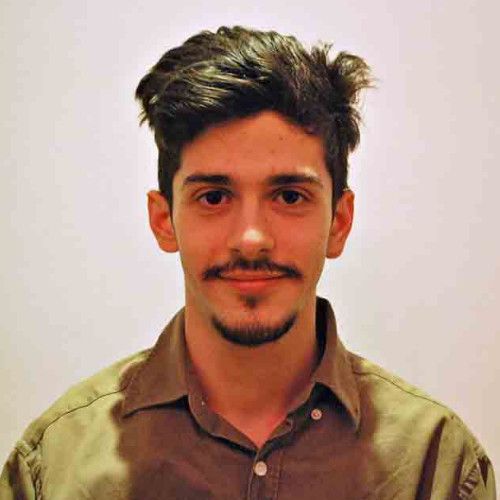
Academic Proposal
LANDSCAPE PLANNING AND DESIGN WORKSHOP
CATEDRA: ARQ. MARCELO J. D'ANDREA
COURSE DAYS: TUESDAYS AND THURSDAYS
SCHEDULE: NIGHT SHIFT (7 PM TO 11 PM)
PAVILION III - UNIVERSITY CITY
CORRECTION AXES
Understanding and conceptual proposal of the topic.
This axis determines the observation and correction of work at the level of conceptualization achieved. A design strategy and its counterpart in the design, that is, the work.
The conscious construction of a project. Its systematization into a design process that culminates in a coherent and successful proposal.
This allows us to observe the student's understanding of the topic and the formal representation of its physical counterpart.
Through the appropriate use of visual resources, language skills, and understanding of the topic.
Visual treatments (graphic-formal representations) must have a dual function:
a. Make the meaning explicit
b. Reach a coherent resolution
Work process
This axis will take into account:
The progress made by the student in terms of both the interest shown and the progress of the work from class to class. This last point refers to the design process, reflected in the level of conceptualization achieved and the progress made in its resolution.
His research on the subject, his eagerness for information and his practice.
Attendance, permanence and participation in class.
The levels of synthesis achieved in the process leading to the final product. This monitoring will be based on:
a. Make different proposals on the topic.
b. Conduct a comparative analysis of the proposal to critically select the most appropriate proposal, which will be further developed until final delivery.
c. That the student develops a critical and selective criterion regarding his or her proposal and that of his or her classmates, creating a dynamic of participation in the work.
d. Ability to base their proposal on the process followed, understanding it, and expressing it (verbally, textually, and visually).
This entails strengthening an interpretive methodology. That is, the themes are analyzed, a theoretical and practical work process is developed, and a synthesis is reached that serves as the basis for the design proposal.
Creativity
At this point we will take into account:
The set of acting elements and their innovative treatment applied to specific work.
This means detecting the originality of the proposal and its overall resolution.
Its degree of synthesis and conjunction of experimental and expressive elements.
The originality and unique features that distinguish it.
To consider the creativity of a proposal, the following will be evaluated:
The existence of an aesthetic resolution that indicates the degree of reflection and its representation in the subject matter.
The conjunction of the conceptual, the functional, and the technical, expressed in a message that synthesizes the elaboration and subsequent process carried out by the student in the workshop environment and that manages to communicate beyond the formal.
A creative work transcends the patterns of everyday practice in the workshop and initial approaches, becoming the fruit of hours of dedication and reflection, of experimentation and conceptual understanding.
Technical resolution
Here we evaluate the handling and application of work materials and tools, which translate into a technical resolution where the presentation of the work speaks for itself, achieving a visual level commensurate with the students' level.
The attitude must be based on the quality of the presentations. That is, presentation levels that are appropriate and coherent with the issues and/or topics addressed in each project. This means keeping in mind that, in many cases, high-level technical work can mask a mediocre proposal. The opposite also occurs: a good proposal can be minimized by a mediocre technical solution.
Technique, as a formal and material resolution capacity, is not separate from the conceptual handling of the subject.
A well-rounded approach covers all aspects of assessment in a balanced way. The four levels of assessment and grading outlined above standardize the assessment process for practical assignments and submissions. This allows us to be more precise and consistent in our responses to students, strengthening the teacher-student bond.
CONCLUSION
Each year-end closing concludes with a day of open discussion at the workshop, with external guests, allowing for a review of one's own discourse and the construction of new certainties, based on the projects as specific perspectives on a problem.
The day of discussion and conclusions about what was produced in the Workshop is definitely the most powerful conceptual moment of the course.
Reviewing projects from a theoretical perspective should allow us to review our beliefs and reach new conclusions.
Projects will be grouped into families of ideas that describe different approaches to the topic at hand; the guests' opinions deserve to be read critically.
Fortunately, no one expects anyone to tell an absolute truth, simply a well-founded particular vision that allows us to think, review, conclude, and ultimately grow.
ABOUT TEACHING
Teaching is an opportunity to enjoy a laboratory where one goes to give their best, in exchange for being able to test new questions under the best possible conditions. Teaching consists of asking questions whose answers we don't know but to which we sense their opportunity. The student must feel that there is something they don't know that appeals to them, that there is an exchange. Our responsibility is to ensure that these questions connect the student with areas of knowledge in which Landscape Architecture plays a significant role.
TEACHING STAFF MEMBERS
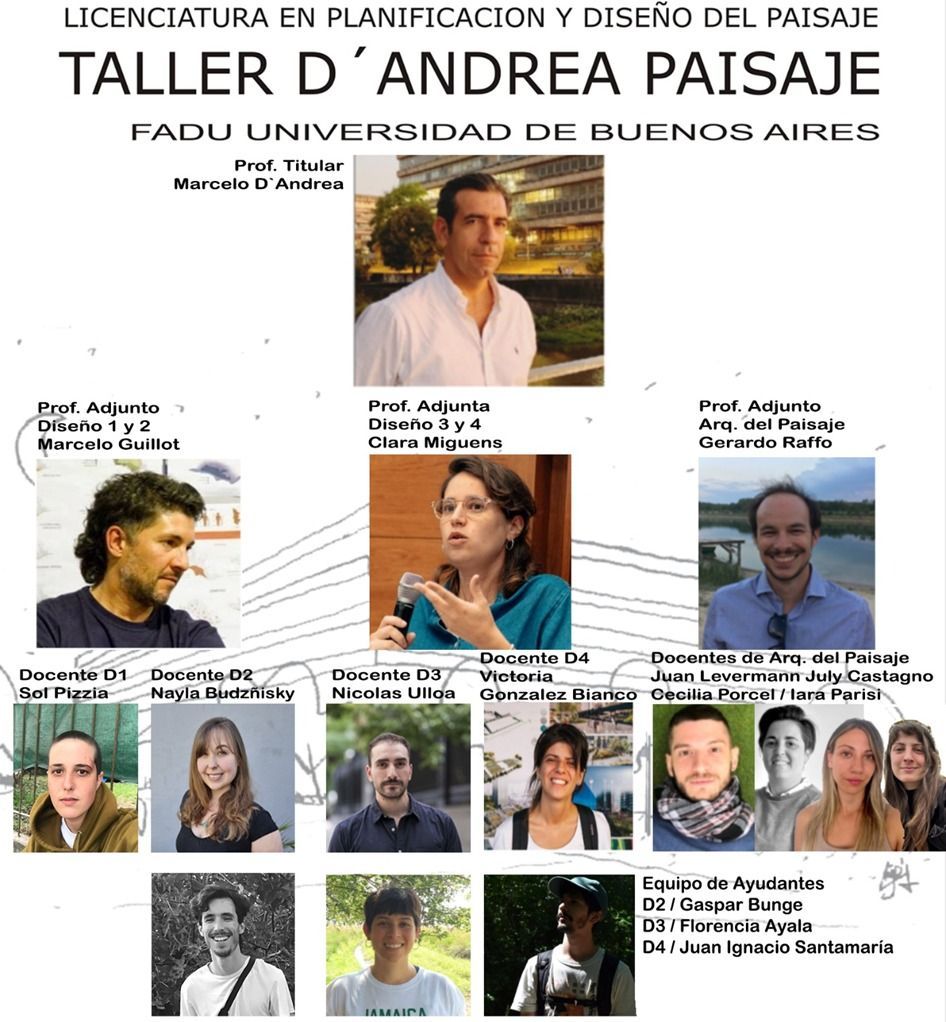
Marcelo J. D´Andrea
FULL PROFESSOR (REGULAR by Competition with international jury):
Marcelo J. D'Andrea
Architect, Faculty of Architecture, Design and Urban Planning (FADU) - University of Buenos Aires / Postgraduate in Landscape Architecture, Barcelona School of Architecture (ETSAB) - Polytechnic University of Catalonia, Barcelona, Spain. / Specialization in Metropolitan Environmental Management (without Thesis), Faculty of Architecture, Design and Urban Planning (FADU) - University of Buenos Aires / Polytechnic University of Milan, Italy.


